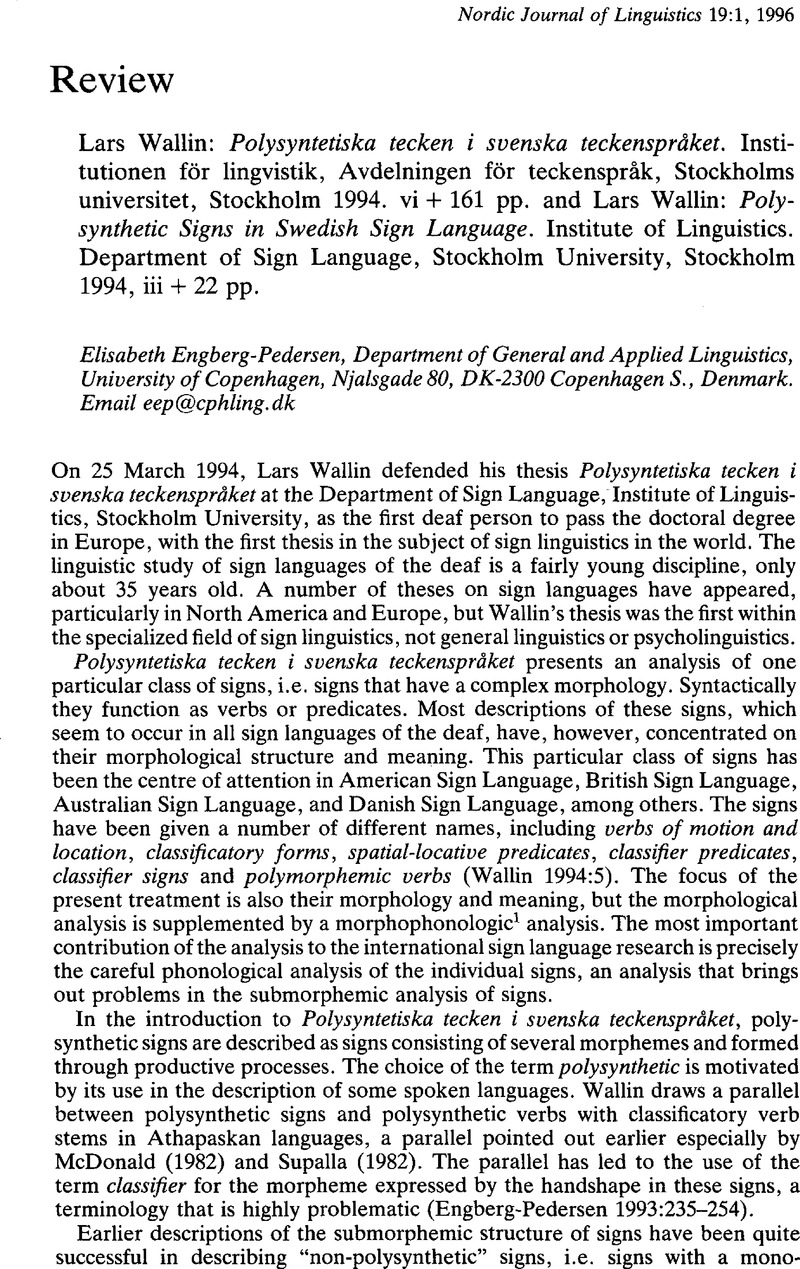Newport, E. L. 1982. Task Specificity in Language Learning? Evidence from Speech Perception and American Sign Language. In
Wanner, E. &
Gleitman, L. R. (eds),
Language Acquisition: The State of the Art.
Cambridge:
Cambridge University Press, 450–486.
Google Scholar 